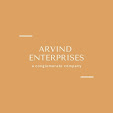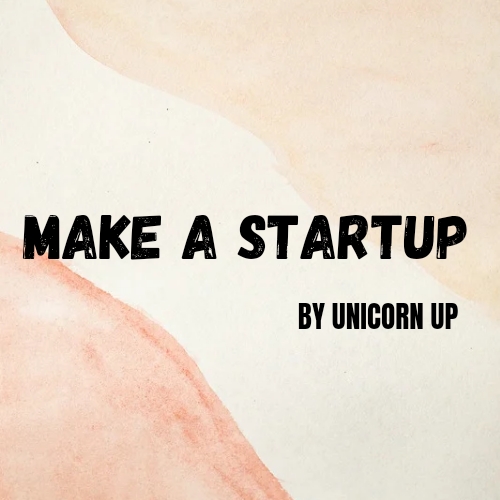Iterate MVP: Start with MVP Attitude
For me, an MVP is a lot more of a process and an attitude than it is an end result. You need something to work toward if you want to build anything. I mean, everything starts with a hunch, but once you have that hunch how do you know if your idea is the right one to pursue? That's the question, and the way you answer it if you're smart is iteratively. By first starting with your core loop, not your on-boarding, but your core loop, your habit loop, getting that right. Getting the core of your experience right.
This is, again, what I learned from game design. Game designers don't start with mechanics and on-boarding, they start with the core loop. They start with what is the thing in the experience that's the joy, the fun, that everything else is built around. So you start with that and you test it and you mock it up, and you test it with the right people. I advocate, if you're doing anything innovative, test it with the right early adopters. You'll get much further much faster than just testing it with your customers. But you test it with the right people and you can test it in the narrative.
Eric Ries articulated really beautifully the build, measure, learn loop and it was the basis of the lean start up and it's great. I think you could start doing that very soon before you built a product. His version of it was an engineer's version. Build a product, release it, see what people do, but what I found as a designer who, as I said, worked on 30 or 40 projects, is that you can actually get very useful insight much earlier than that if you recruit the right people and then build something early.
What's the earliest thing you can run by people, you can run by a narrative of what you want to do? What's the next earliest thing? You could run by sketches, mockups, even wire frames if you're dealing with early adopters. Why? Because early adopters can look at wire frames and have a meaningful conversation about it. You might show them clickable mockups, that's very popular. You don't need to build the whole thing. You can get a lot by showing people clickable mockups of particular flows that you're working on, and you can do these iteratively. Maybe the first thing you do is do an interview where you talk a few people through your concept.
Even before that, though, you can do need finding, where you talk to people about you have a theory, and this going to get into the MVP Canvas in a moment, but if you have a hunch and you say, “I think this a great product idea,” you bang on it, maybe you do a business model canvas, see does it have a model business behind it, maybe you throw something together, maybe you raise the money, maybe you don't. But in some way it's like, okay, how much of this idea is the right to pursue? You find that out iteratively through mockups and through prototyping and it just gets you much further faster.
What is an MVP? It could be any of those things. It can be the first thing you ship. It can be your alpha, if you're doing gaming we call it alpha. The alpha build in gaming. Some people do a fake landing page and say every MVP should be a fake landing page. If you have a fake landing page, you're actually testing your discovery in that stage model, not your habit building. If you want to test discovery, great. I think that can sometimes lead you astray but it's a great way to just test if your marketing message is resonating.
I think the key thing is know what you're testing. The key thing isn't so much what's the MVP, but what's the MVP experiment you're running and what is it you're trying to find out, and is that experiment going to help you find that thing out? That's the key thing and I think that's one of the great insights that the lean start up brought us — that thing, and when you're getting away from that you're getting further away from lean start up but I think there are many ways to realize that strategy, many tactics with which to realize it.









0 Comments